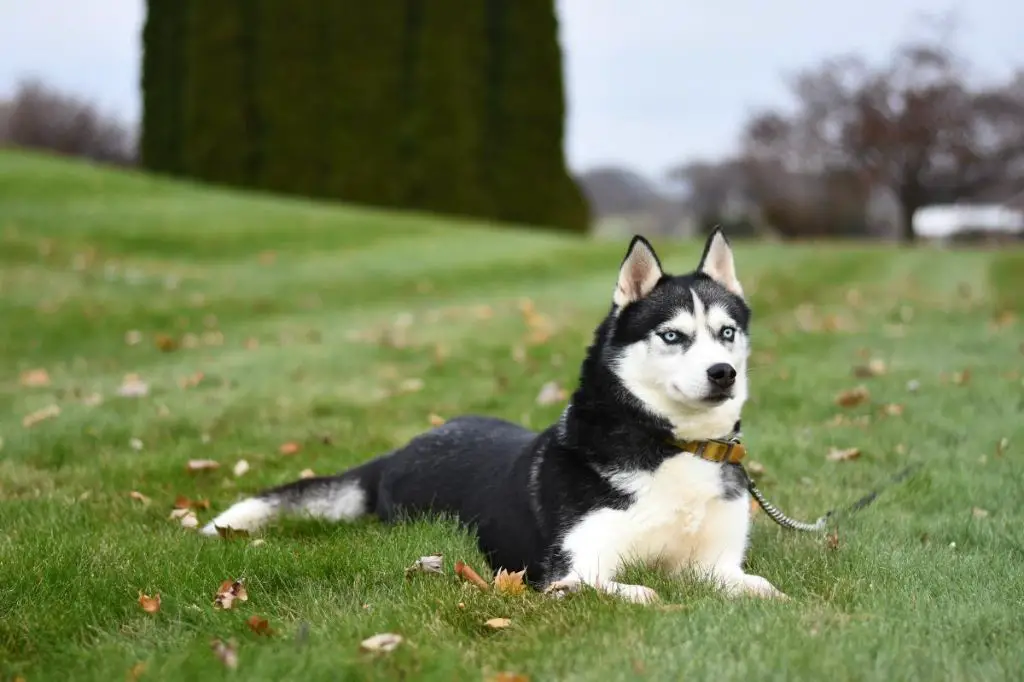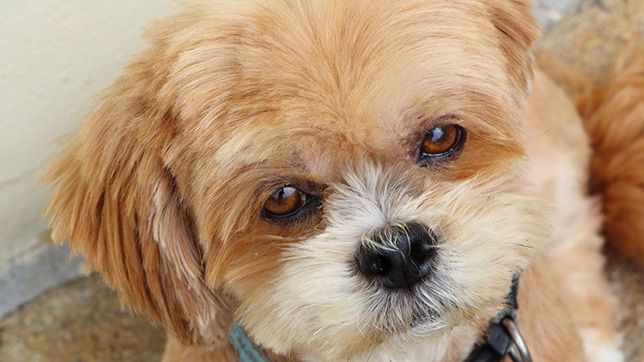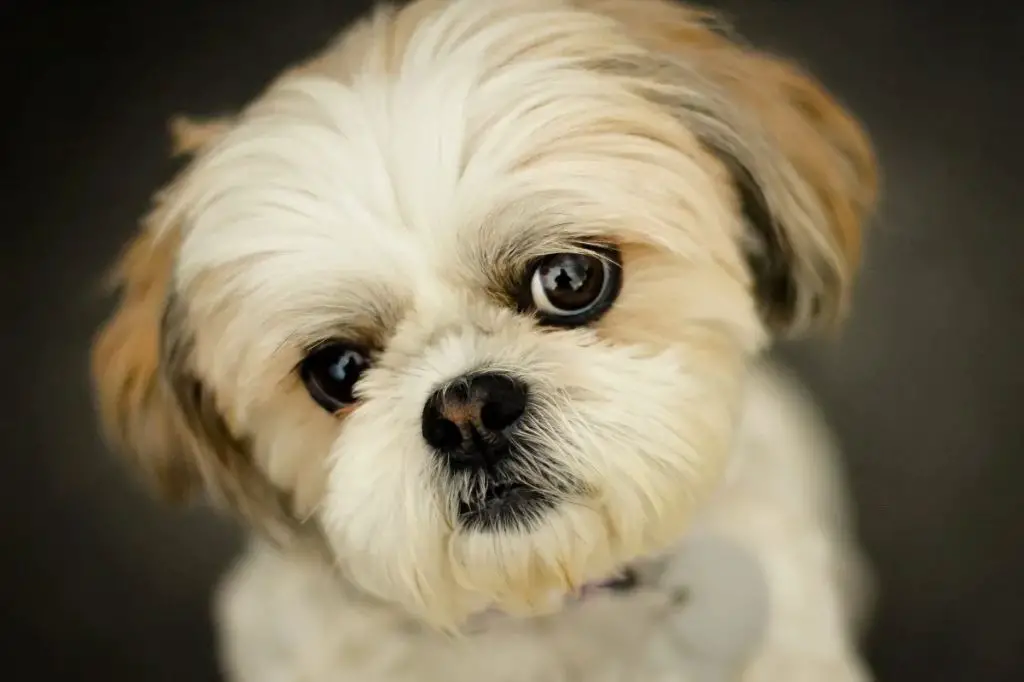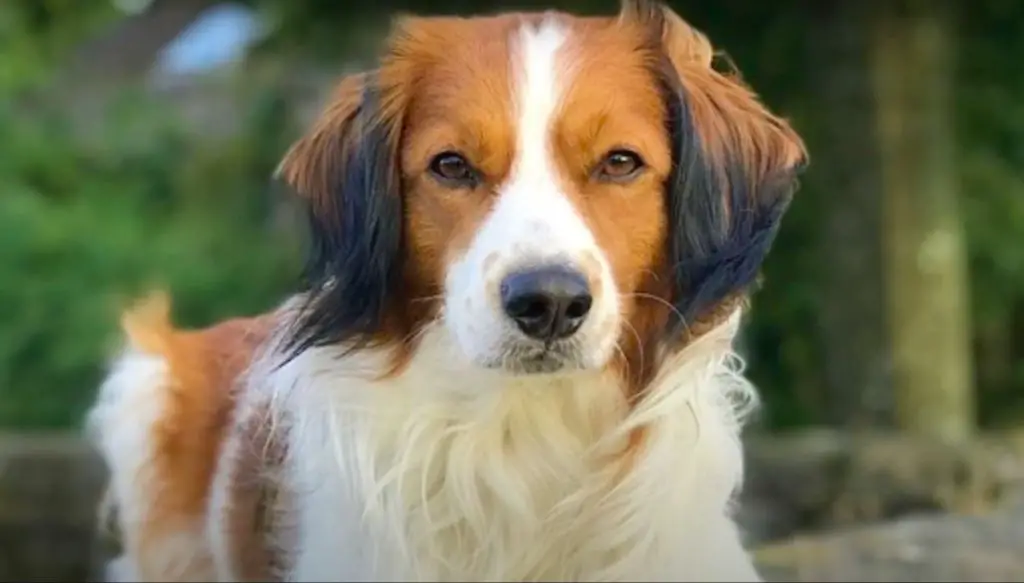Introduction
Dogs come in all shapes and sizes, and many breeds have distinctive physical features. Some dogs have whiskers located in unique positions, including above the eyes. The placement and prominence of whiskers is dependent on the breed. Several dog breeds are known for having noticeable whiskers above the eyes, which serve various purposes related to the senses.
Whiskers above the eyes are one of the many traits that give certain dog breeds their signature look. While whiskers serve utilitarian purposes, their appearance also adds to a breed’s aesthetic. For dogs bred for hunting, herding, or retrieving, eye whiskers likely provided sensory advantages. In companion breeds, these eye whiskers became part of the desirable breed standard over time.
This article will provide an overview of dog breeds with prominent whiskers above the eyes, exploring their history, purpose, and appearance. It will cover key examples of dogs with distinct upper eye whiskers and explain why this unique facial feature developed in these breeds.
Siberian Husky

The Siberian Husky originated in Siberia as an endurance sled dog. They were brought to Alaska in 1909 for sled dog racing. Huskies have a graceful, smooth gait and plenty of stamina to work long hours pulling sleds over vast distances. They have a well-furred medium-sized frame with erect triangular ears, thick coats, and distinctive masks and markings. Their faces have a fox-like appearance with almond-shaped eyes.[1]
Huskies have longer and softer fur around their faces, giving them the appearance of prominent whiskers above their eyes. Their whiskers help them navigate in the dark and sense their surroundings. The whiskers are highly sensitive and can detect subtle air currents and movements nearby.[2] This helps huskies detect prey and stay oriented even in total darkness while pulling sleds at night across snowy landscapes.
[1] https://www.pinterest.com/pin/sensitive-whiskers–669980882043044040/
[2] https://siberianhuskytraining.net/husky-whiskers.php
Poodle
The Poodle is a popular dog breed known for its intelligence, ease of training, and hypoallergenic coat that comes in three varieties – miniature, standard, and toy. Poodles have whiskers around their muzzle like all dog breeds. Their whiskers serve an important sensory function even though they don’t have as many whiskers as cats.
Poodles originated as duck hunting dogs in Germany over 400 years ago. There are three official sizes of Poodles recognized by the AKC – Toys stand under 10 inches, Miniatures are 10 to 15 inches, and Standards are over 15 inches tall. Despite the size differences, they share similar physical characteristics and coats.
The Poodle’s coat is its most distinguishing feature, coming in solid colors like black, white, brown, gray, apricot, red, silver, blue, cream, cafe-au-lait, silver beige, and even multi-colored coats. Their curly, hypoallergenic coat doesn’t shed much, making the Poodle a popular choice for those with allergies. Regular grooming and clipping is required to prevent matting of the Poodle’s thick fur.
Schnauzer
The Schnauzer is originally from Germany and was bred to hunt vermin on farms. There are three sizes of Schnauzer – Miniature, Standard, and Giant. They come in different coat colors like black, salt and pepper, black and silver, and white. Schnauzers have thick, long whiskers on their snouts as protection when hunting rats – the whiskers would mat together and prevent the rats from biting the dog’s face.
According to the AKC Standard Schnauzer: 7 Facts About This German Dog Breed, the thick whiskers on a Schnauzer’s snout had an important function. When they matted together, they protected the Schnauzer from being bitten by the rodents it hunted.
Briard
The Briard is a large French herding dog known for its long, shaggy coat and impressive whiskers. According to the American Kennel Club (AKC), the Briard has its origins as a herding dog in the French provinces of Brie and Champagne where it was used to herd sheep and protect flocks from wolves and poachers (AKC – Briard).
The most defining physical trait of the Briard is its long, shaggy double coat. The outer coat can grow 6 inches or more in length and serves to protect the dog while working outdoors. The coat is low shedding but requires regular grooming. Briards display a range of coat colors including black, various shades of gray, and tawny. They have floppy, heart-shaped ears and large, expressive eyes accentuated by long eyebrows and whiskers. Briards have a powerful, athletic build and stand 22-27 inches at the shoulder (The British Briard Club).
The Briard has a loyal and fearless temperament, developed from its role as a guardian dog protecting livestock. They form strong bonds with their owners and aim to please. Briards are highly intelligent, easy to train, energetic, and require regular exercise and stimulation. Without proper training and socialization from a young age, Briards may become wary of strangers and try to herd people by bumping or nipping. Overall, they make loyal family companions when their exercise and training needs are met.
Bearded Collie
The Bearded Collie originated in Scotland, where they were bred as hardy herding dogs that could withstand the rugged Scottish highlands. Their long coats protected them from the elements while herding sheep and cattle. Today, the Bearded Collie is still an active and energetic herding breed, but also makes a devoted family companion.
The Bearded Collie has a medium-sized frame covered in a long, shaggy double coat. Their coat is comprised of a soft undercoat topped by long, coarse guard hairs. Bearded Collies typically have long eyebrows and a “beard” under their chin, which contribute to their unique whiskered appearance. Common coat colors include black, blue, brown, and fawn. White markings are often present on the face, chest, and legs.
The Bearded Collie’s long coat requires regular brushing and grooming to prevent mats and tangles. Many owners opt to trim the coat into a “puppy clip” for easier maintenance. Daily brushing is ideal, along with regular bathing every 4-6 weeks. Their coat also needs to be hand stripped periodically to maintain its texture and water resistance, which is important for herding dogs. With proper care, the Bearded Collie’s coat will maintain its shaggy, eye-catching appeal.
Old English Sheepdog
The Old English Sheepdog originated as a drover dog in England, assisting shepherds in herding sheep and cattle to the market towns (Old English Sheepdog Club of America.org, 2020). Selective breeding led to the development of the characteristic shaggy coat and ample facial hair that covers their eyes. According to the American Kennel Club breed standard, males stand at least 22 inches at the shoulder and weigh 80 pounds or more. Females are slightly smaller, standing at least 21 inches and weighing around 60 pounds or more.
The Old English Sheepdog has a profuse double coat that requires regular grooming and trimming. Their facial hair is left long, forming a characteristic bobtail over their eyes and long whiskers sticking out to the sides. The profuse coat serves as protection from the elements and covers the entire body, including the face and legs (The Spruce Pets, 2022). Daily brushing is essential to prevent matting and regular bathing keeps the dense coat clean.
Lhasa Apso
The Lhasa Apso is an ancient dog breed originating from Tibet where it was originally kept as a sentinel in the Buddhist monasteries. They were highly valued by Tibetans and called “Abso Seng Kye” which means “Bark Lion Sentinel Dog”. Today, the Lhasa Apso remains a vigilant watchdog but also makes for a friendly and playful family companion.

In appearance, the Lhasa Apso is a small and sturdy dog covered from head to tail in a mantle of thick, long, straight hair that parts down the middle of the back. Their eyes are small, dark, and almond-shaped. Ears are heavily feathered and pendant shaped. The muzzle is short and the nose is black. Whiskers and beards are prominent features on the face.
The Lhasa Apso has a bold and confident temperament. They are intelligent, independent, and sometimes mischievous. Lhasas can be aloof with strangers but are deeply loyal and affectionate towards family. They have a tendency to be territorial and wary of other dogs. Early training and socialization is essential. When properly trained and exercised, the Lhasa Apso makes for a delightful companion.
Shih Tzu
The Shih Tzu breed has a long, distinct history originating in Tibet. According to the American Kennel Club, Shih Tzus were treasured by Chinese royals and valued for their cheerful personalities and lively nature 1. These small companion dogs gained popularity in the United States after World War II.
Shih Tzus are a diminutive breed, with males standing between 9-10.5 inches tall and weighing 9-16 pounds. Females stand a bit smaller at 8-9 inches tall and weighing 9-15 pounds. Despite their petite frame, Shih Tzus are sturdy, solid dogs.
The Shih Tzu is well known for its long, luxurious coat which requires daily brushing and frequent grooming. Their flowing double coat grows lavishly long and is prized for its silky texture and flowing locks. Shih Tzus come in a wide variety of coat colors including various shades of gold, white, black, and brown. Their abundant coats are accentuated by their adorable short muzzles and large round eyes, giving them an undeniably endearing appearance.
1 American Kennel Club. Shih Tzu Dog Breed Information. https://www.akc.org/dog-breeds/shih-tzu/

Conclusion

In this article, we have explored some of the most popular dog breeds that have distinctive whiskers above their eyes, including the Siberian Husky, Poodle, Schnauzer, Briard, Bearded Collie, Old English Sheepdog, Lhasa Apso, and Shih Tzu. Whiskers play an important role for dogs, helping them gather information about their surroundings and prevent injuries. The vibrissae on dogs’ faces, like those above the eyes, are linked to nerves that send sensory information back to the brain. This allows dogs to detect objects or dangers in close proximity to their faces even when they can’t see them directly. For the breeds covered in this article, the prominent whiskers above the eyes are a distinctive physical trait that aids their sensory perception of the world around them.